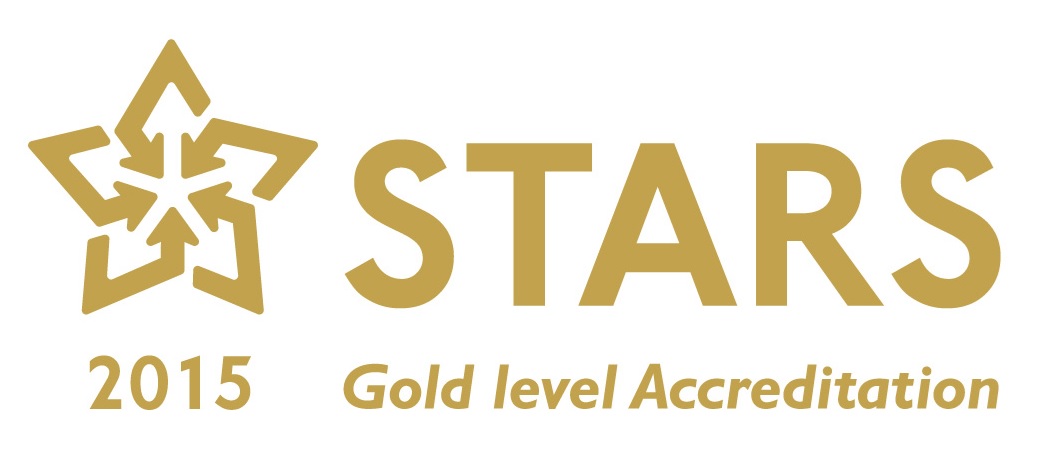Attendance
Belmont Junior School opens at 8.55am for all classes ends at 3.30pm. Children are at school for 32.5 hours a week.
Children who attend school regularly are more likely to achieve at school and reach their full potential. Missing school disrupts school routines and learning.
The most common reason given for children to miss school is illness, however most of the time childhood ailments can be managed in school.
Reducing absence is a key priority for the school. We work closely with families to ensure children are in school when they can be and that holidays are not taken in term time as this can not be an authorised absence.
We aim that all children are at school for at least 95% of the time.
Unauthorised absence
Parent should not take children on holiday during term time - it is considered unauthorised absence. Holidays are generally not an "exceptional circumstance" that a school will approve. Parents can apply for a term-time absence in writing for truly exceptional circumstances, which we will consider on an individual basis.
If a child has 10 or more sessions of unauthorised absence (5 days), the local authority can issue a Fixed Penalty Notice (FPN), a fine. The fine is currently £80 if paid within 21 days, or £160 if paid within 28 days, and can lead to prosecution if not paid.
It is the legal responsibility of every parent to make sure their child receives that education either by attendance at a school or by education otherwise than at a school.
Your child must attend every day that the school is open, except in a small number of allowable circumstances such as being too ill to attend or being given permission for an absence in advance from the school.
It is essential for pupils to get the most out of their school experience, including their attainment, wellbeing, and wider life chances. The pupils with the highest attainment at the end of key stage 2 and key stage 4 have higher rates of attendance over the key stage compared to those with the lowest attainment.
At KS2, pupils not meeting the expected standard in reading, writing and maths had an overall absence rate of 4.7%, compared to 3.5% among those meeting the expected standard. Moreover, the overall absence rate of pupils not meeting the expected standard was higher than among those meeting the higher standard (4.7% compared to 2.7%)


 Tel: 020 8888 8261
Tel: 020 8888 8261 office@belmontjnr.haringey.sch.uk
office@belmontjnr.haringey.sch.uk






